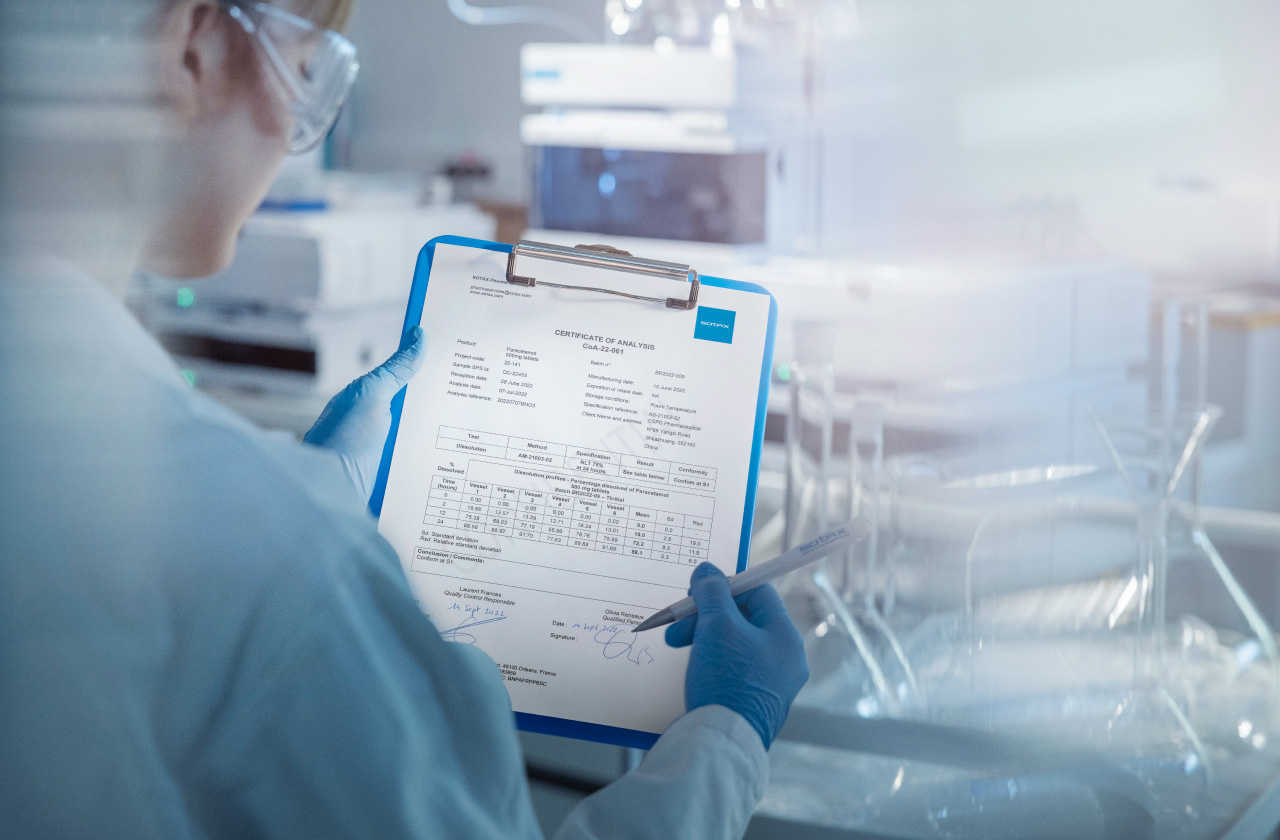News
07 March 2024
Efficient Design of Experiment
Automated solutions are often required where high throughput is needed, such as in QC. But there are also applications in R&D where automation offers distinct advantages.
This is nicely shown through the application of fully automated dissolution in conducting an entire Plackett-Burman 4-variable full-factorial experiment in a single batch, allowing for 100% unattended execution of Design of Experiment (DOE) tests.
The inherent complexity and the potential need to execute numerous methods render the DOE process time intensive. Manual interventions in sampling, filtration, and media preparation introduce variability, thereby exacerbating scatter in dissolution DOE datasets. This variability complicates the analysis and interpretation of results.
The integration of DOE method development with data centralization and adherence to compliance protocols, alongside workflow efficiencies, presents a compelling return on investment argument for the adoption of dissolution automation.
To get a comprehensive overview of the advantages and methods of automated DOE, you can download the application note "Dissolution - Automated Design of Experiments / Full-Factorial Analysis" here free of charge.
